chaoyangshi specialty
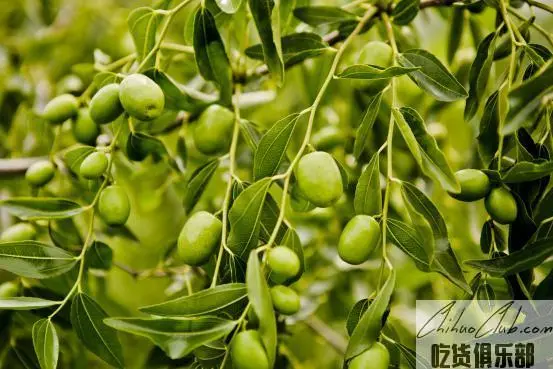
Beipiao, located in the western part of Liaoning. Here the hills are rolling and rolling. In this land, nature draws a beautiful picture of the fragrance of fruits and fruits. Beipiao Jinsiwang jujube is a famous product of Beipiao, famous for its excellent quality and rich nutrition. Open the semi-dry red dates, you can clearly see the sticky sugar of the sticky pulp, stretching and extending two or three inches and constantly, hence the name "golden silk jujube". Beipiao Jinsiwang jujube is one of the most popular fruits in the domestic and foreign markets. The skin is thin and thick, the meat is fine and sweet, and it is suitable for storage.
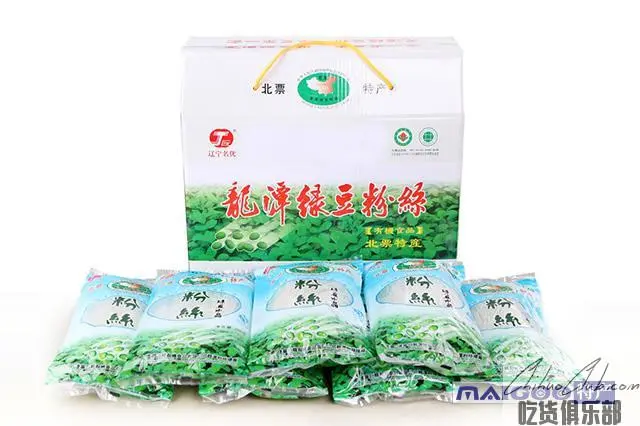
Taohuatan is a thousand feet deep, and it is not as good as "silver silk". Under the Taohua Mountain in the northwest of Liaoning Province, next to the Longtan Mountain Spring, there is a long-established and well-known food – Longtan Mungfan fans. Fans use pure natural mung beans as raw materials, complemented by high-quality Longtan spring water, refined by traditional fan production techniques and modern technology. It is as fine as silver wire, evenly yarn, white and bright color, strong resistance to boiling, no soup, no sticky, delicious and refreshing, rich in multivitamins, rich in nutrients, disinfection, anti-inflammatory, summer heat, fire Function, known as the "China's first powder".
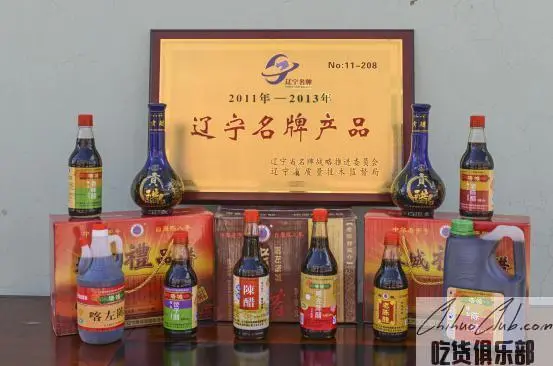
China is the hometown of vinegar, opening seven things, rice, oil and salt sauce vinegar tea, since ancient vinegar has an important position in the people's lives. China has a vast territory, rich products, and different climates in the north and south. According to its history, geography, products and habits, various localities have created a variety of distinctive vinegar processes and brand vinegars in long-term production practices, such as Shanxi Laochen Vinegar and Zhenjiangxiang. Vinegar, Fujian red yeast vinegar, Sichuan Baoning bran vinegar, Jiangsu and Zhejiang rose vinegar, Kazuo vinegar, Beijing vinegar, Shanghai rice vinegar, Dandong white vinegar. Among the many vinegars, Kazuo vinegar is refined by traditional techniques. It has the characteristics of purple color, sweet and sour taste, rich aftertaste and long-term storage. Now it has formed a series of products such as old vinegar, white vinegar, vinegar, honey vinegar, mushroom vinegar, dumpling vinegar and vinegar.
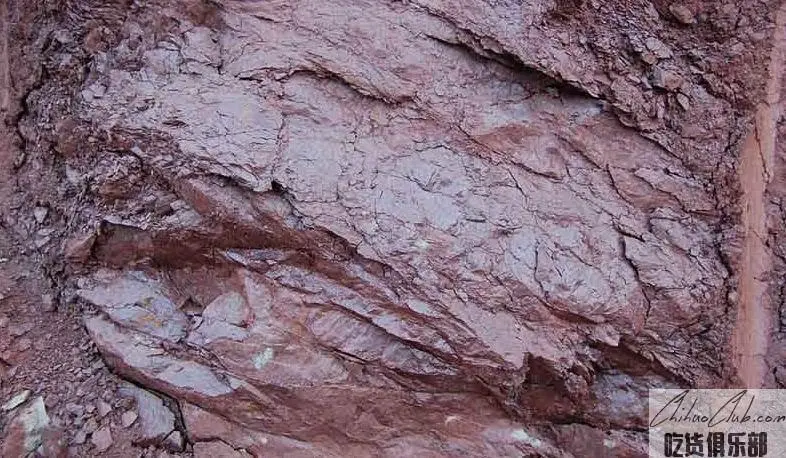
Kazuo purple sand products are high-temperature pottery made from purple sand ore as a raw material through various processes. The appearance of the ore has the Kazuo purple sandware Kazuo purple sandware color purple, purple brown, vermilion and many other colors. The texture is fine and hard, and the particle structure is tight. The firing temperature is high and the sintering temperature is very close to that of porcelain, so it is a high temperature pottery. Because the raw material contains uniform sandy particles, the appearance of the particles after burning is clear and gentle. Because the purple sand ore has a lot of colors, people make full use of the original color of the ore to prepare a variety of different colors of purple sand mud. It is also possible to formulate different kinds of mud materials according to different uses, which is convenient for the production process to meet the requirements of the mud material. The appearance of purple sand products is suitable for engraving, good breathability, natural color, no glaze, good plasticity.
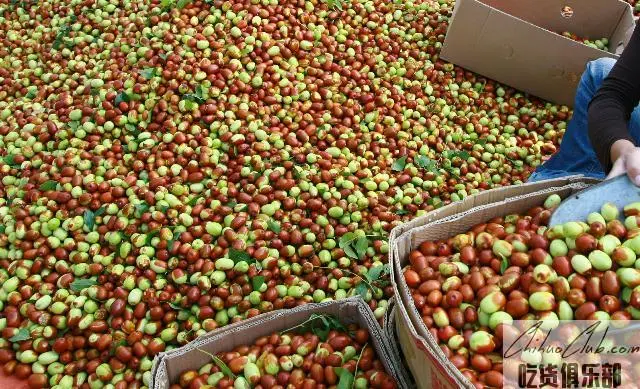
China is the hometown of jujube and enjoys a high reputation in the world. Chaoyang jujube is famous far and wide. Chaoyang is one of the largest red jujube distribution centers in the country. It was once named by the Ministry of Agriculture as “the hometown of China’s Dapingding Jujube”. Chaoyang jujube has bright color and alike shape, such as agate. The fruit surface is smooth and clean. The peel is crisp and white. It is white-green in white ripening. It is orange-red after coloring. It is thick and crisp, with moderate sweet and sour taste. It is known as “Northern Agate”.
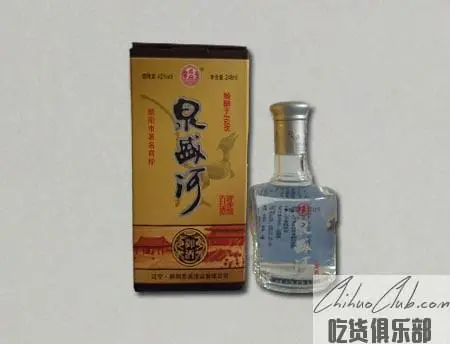
According to historical records, in the thirty-sixth year of Emperor Kangxi of Shanxi, three brothers from Shanxi Cao came to Chaoyang to open a winemaking workshop. Afterwards, it gradually developed and expanded, and it was named "Quansheng River". Quanshenghe wine has been made from high-quality ancient spring water resources since ancient times, thus producing pure and sweet wine. In 1738, Emperor Qianlong went to Shengjing to worship the ancestors in Chaoyang. The local officials presented Quanshenghe wines. After Emperor Qianlong's drink, Longyan Da Yue praised him. The royal master's book, "Drunken Qing Dynasty, only has a spring river".
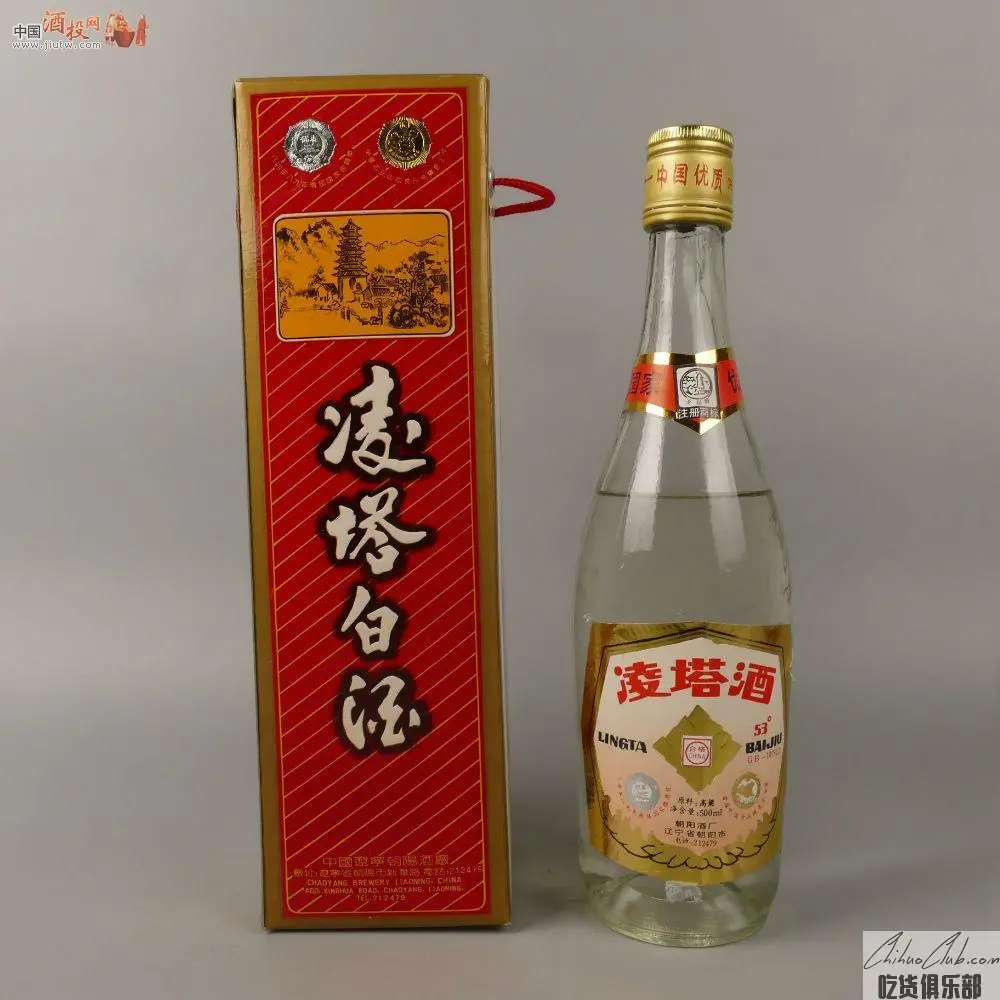
There are three treasures in Chaoyang County, Sanyan Ancient Capital: Buddha Relic, Jade Pig and Lingta. The North Tower of Chaoyang, which was built in the "Three Yan" period, is the only pagoda in the country that has experienced the five generations of Yan, Northern Wei, Sui, Tang and Liao. The Sakyamuni real relic found in the Tiangong Temple in Tazhong is called the Buddha's treasure. The jade artifact unearthed from the Hongshan Cultural Relics is represented by the jade pig dragon, indicating that the production technology, craftsmanship and aesthetic consciousness of the society at that time have reached a certain level. The social life has the prototype and norms of the traditional Chinese "ritual" civilization. Lingta Liquor, brewed with more than 400 years of ancient recipes, is colorless, clear and transparent, and is famous for its pure and pure, sweet and mellow, harmonious body, clean aftertaste, and no alcohol after drinking.
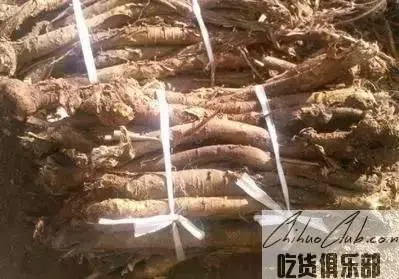
Sophora flavescens (scientific name: Sophora flavescens), alias wild, good man, bitter bone, earth bone, mantle, hawthorn, is a plant of the genus Sophora. Growing in an area of 1,500 meters above sea level, it is mostly born on hillsides, sandy land, grassy slopes, shrubs and fields. It has not yet been artificially introduced. Indications: heat and dampness, insecticide, diuretic.
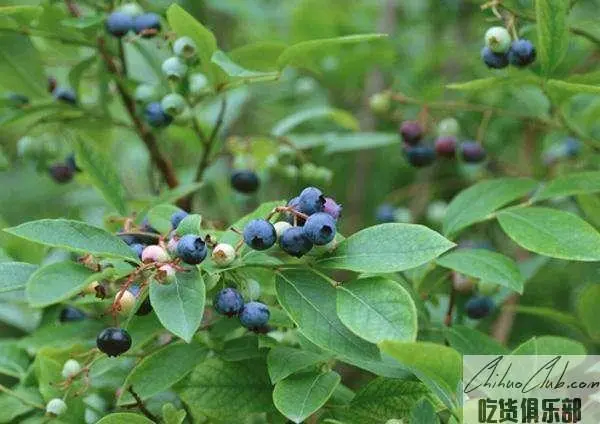
Blueberry has a high health value and is one of the top five healthy fruits recommended by the World Food Organization. The anthocyanin content of blueberries is the highest among all fruits and vegetables. The most abundant part of anthocyanins in blueberries is its unique purple peel. Lingyuan blueberry peel is blue-purple, with a layer of white fruit powder on the outside. The flesh is delicate, the fruit is rich, the taste is excellent, and the nutrition is rich. It is known as the “fruit of beauty” and has the reputation of “fruit queen”.
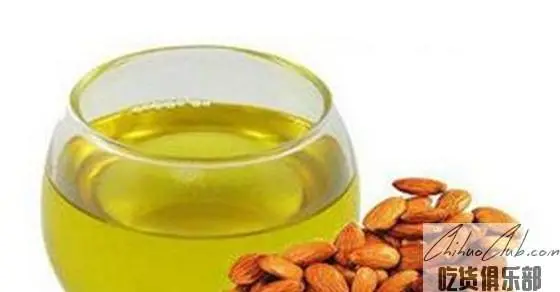
Known as “the capital of Sanyan in Gulong City”, Chaoyang City, Liaoning Province, is one of the main producing areas of mountain almonds in China. It is also known as the four bases of mountain almonds in Zhangjiakou, Chengde and Tangshan in Hebei. Most of the apricots in Chaoyang Mountain are natural forests, and artificial cultivated forests have developed in recent years. Almond is sweet and bitter. Almond is rich in nutrients. It contains a lot of protein, fat, sugar and phosphorus, calcium and iron. It can be added into almond cream, almond tea and other nourishing products. It can also be processed into industrial oils and can also be used for medicinal purposes.
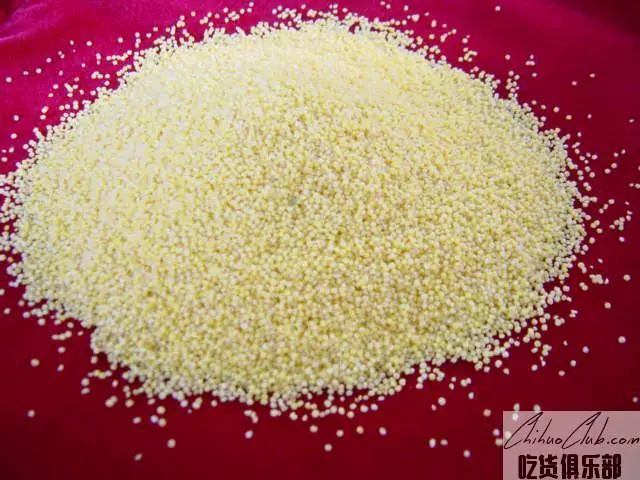
"Chaoyang Xiaomi" has the characteristics of uniformity, sweetness, deliciousness, nutrient-rich, convenient consumption and wide application. It has certain auxiliary effects for the treatment of liver disease, heart disease, neurosis and anemia. Eat more than 20 different flavors of food such as thick porridge, millet cake, dried pancakes, millet casserole, and millet noodles. Based on the unique soil, light and water quality conditions, “Chaoyang Xiaomi” is supplemented by natural water and farmyard manure, and is produced by traditional agricultural farming methods.
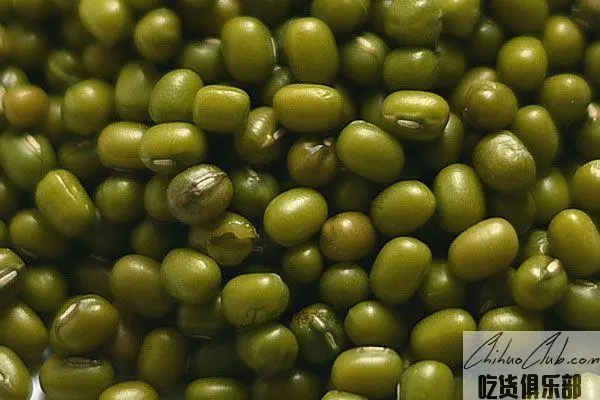
Chaoyang County has arid and dry weather and abundant sunshine. It is very suitable for the cultivation of mung beans. According to historical records, it has a long history of more than 2,000 years of cultivation and is one of the main producing areas of mung beans in China. Chaoyang Mung Bean is famous for its rich grain and superior quality. Its nutrients, taste and color are superior, and it is known as the “green pearl”.
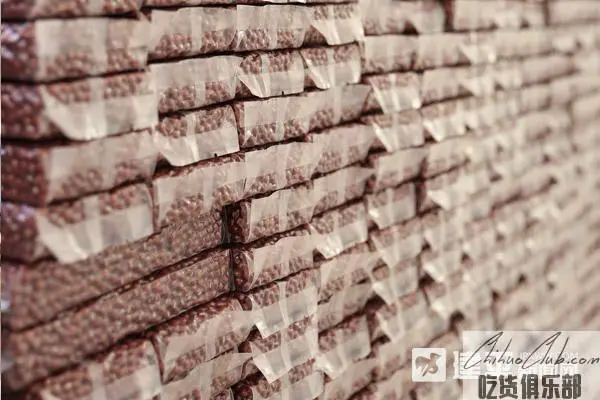
“Jianping Red Bean” has bright color and good gloss; the bean is even and full; it is easy to cook, and the bean paste is soft after cooking. There is a reputation of “ruby” in the local area. Jianping red bean is flat, sweet, rich in dietary fiber, it has the effect of laxative, lowering blood fat, regulating blood sugar, bodybuilding and weight loss.
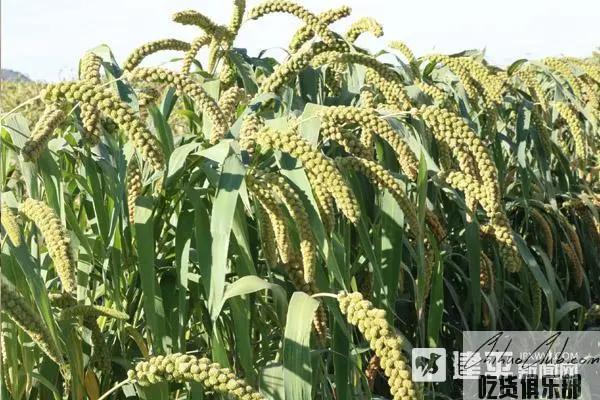
Jianping County and its surrounding areas are located at the south side of the middle section of the Nuluer Mountain Range in the Yanshan Mountains. The terrain is relatively flat and the soil layer is deep. Thanks to the unique natural conditions such as climate, soil and water quality, the county has been rich in cereals and other grains since ancient times. The hometown of miscellaneous grains. Xiaoping County, Jianping County has also been favored by many merchants across the country, commonly known as "Jianping millet." “Jianping millet” is highly nutritious and rich in protein, crude fat, vitamins and selenium. Beige golden, the entrance is sweet and soft after cooking, leaving a mouthful of fragrance, and there is a natural fragrance of Jianping, no smell.
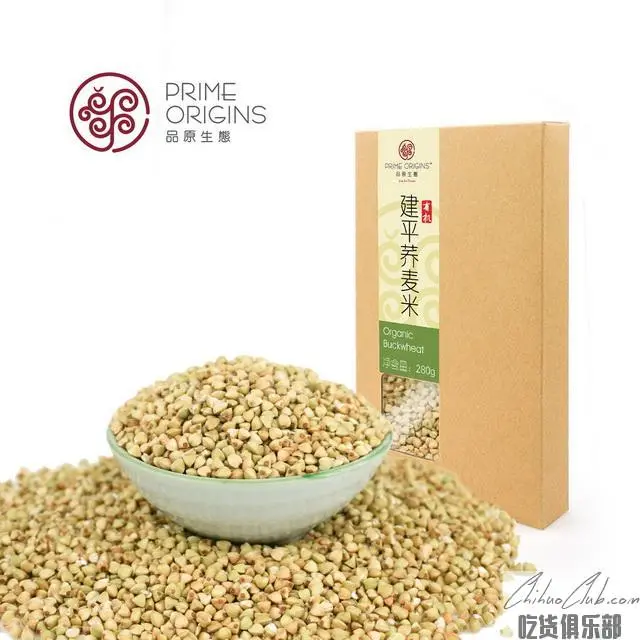
Jianping County is rich in agricultural resources, and “Jianping Buckwheat” is one of its main agricultural products. The historical origin of “Jianping Qumei”, the “Buckwheat Bowl” of Jianping was famous in the Qing Dynasty. According to historical records, in 1738, the Emperor Qianlong of the Northern Zhou Dynasty patrolled Chengde, and the Prince Zaraq of the right wing of Khala presented the buckwheat bowl to the Emperor Qianlong. After the Emperor Qianlong tasted it, he suddenly praised it: “It’s a rare good, only a bowl of soup.” After the feast, the pen is given by the pen: three families. The three “buckwheat bowls” have since multiplied, becoming the best gift for the local bureaucrats and the royal palace of the tribute.
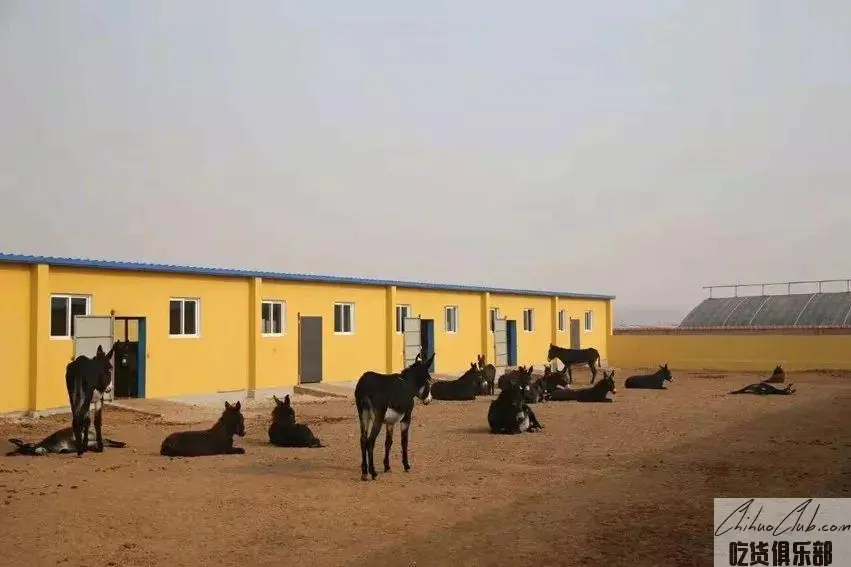
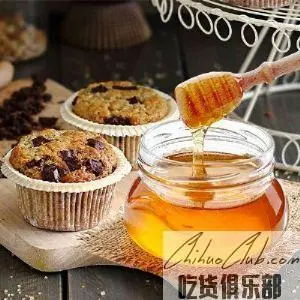
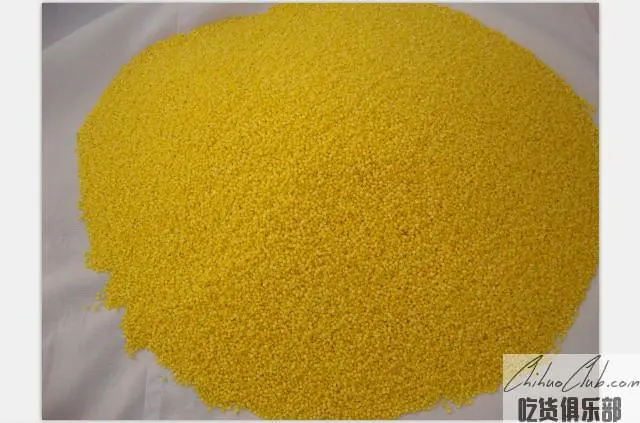
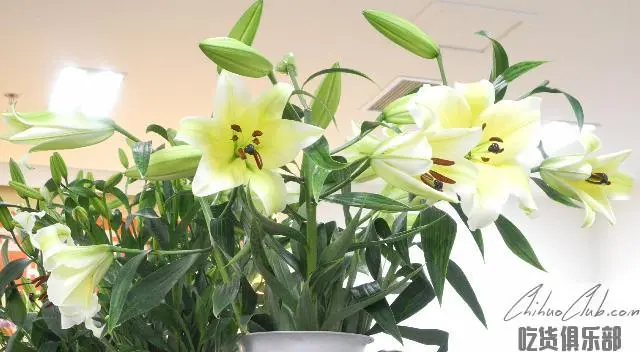
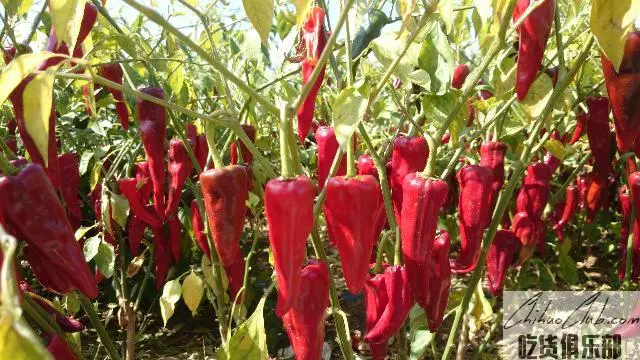
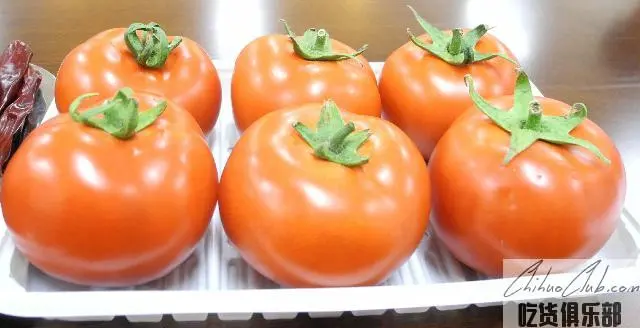
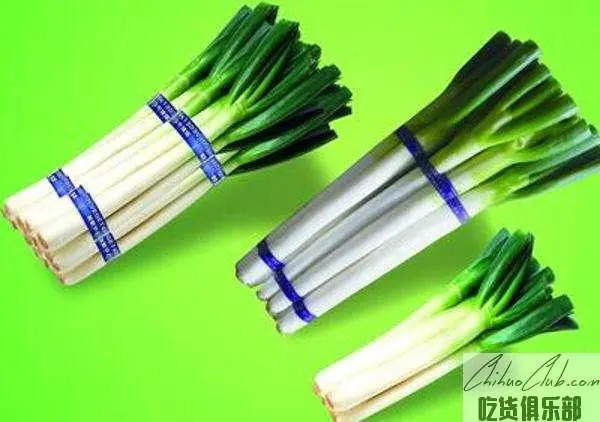
The Qinglong River Basin in the southern part of Lingyuan City is the largest provincial-level natural ecological protection area in Liaoning Province. It is well-suited for crop growth. In the area of Tazigou in the reserve, there has been a thousand years of planting green onions since ancient times. Later, after 30 years of industrious 30-year-old farmers, the mother plants were planted, large ridges, deep ditch, and many high-cultivation, and finally selected. A new variety of excellent farmhouses. Because the variety is long and succulent, the pseudo stem is thick and firm, and the shape is like a wooden stick. The taste is tender and tender. The entrance is sweet and spicy, and the aroma is thick. The cuts of the fake bulbs are easy to spread after slitting, which is scaly, so the image of people is called For scales and onions. Because the variety was cultivated by the industrious 30-year-old farmers, it not only has a good taste, but also is resistant to cold and storage, so it is named after the 30-story scales.